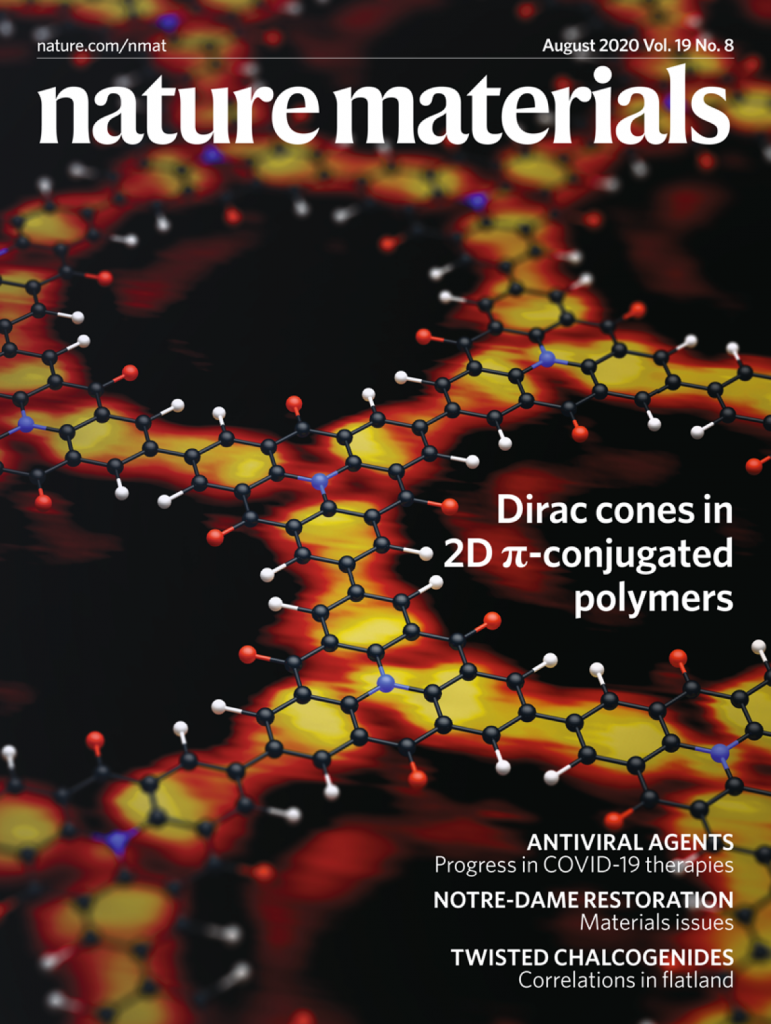NMIN researchers and colleagues have discovered a nanoparticle threshold dose that improves nanoparticle delivery and therapy for solid tumours.
Published in Nature Materials, the study emerged from Dr. Warren Chan‘s Integrated Nanotechnology & Biomedical Sciences Laboratory at the University of Toronto, with NMIN researchers Drs. Chan and Gang Zheng as well as various NMIN HQP as co-authors.
“Over the past decade, nanoparticle delivery to solid tumours has stagnated at a median of less than 1% of the injected dose,” states the lead author, trainee Ben Ouyang.
“Various prior efforts have yielded only minor improvements. However, we have now discovered a dose threshold in mice for improving nanoparticle tumour delivery, with implications for human translation.”
The researchers found that, in mice, a threshold of 1 trillion nanoparticles overwhelmed the liver and maximized delivery to tumours at the rate of 12% of the injected dose. Dosage at this threshold also delivered to 93% of cells in tumours and improved the therapeutic efficacy of the therapy employed (Caelyx/Doxil). Higher doses proved less efficient.
“Based on these findings, current clinically approved anticancer nanoparticle formulations could adopt strategies to improve delivery and therapeutic efficacy against solid tumours,” comments Dr. Chan.
“Solving this delivery problem is essential to the translation and utility of nanotechnology for treating cancer and other diseases,” adds Dr. Zheng.
“We envision that broad and careful evaluation of nanoparticle dose with respect to this threshold would provide a powerful, universal and simple method to advance a new generation of delivery strategies for imaging, diagnostics and therapy.”
